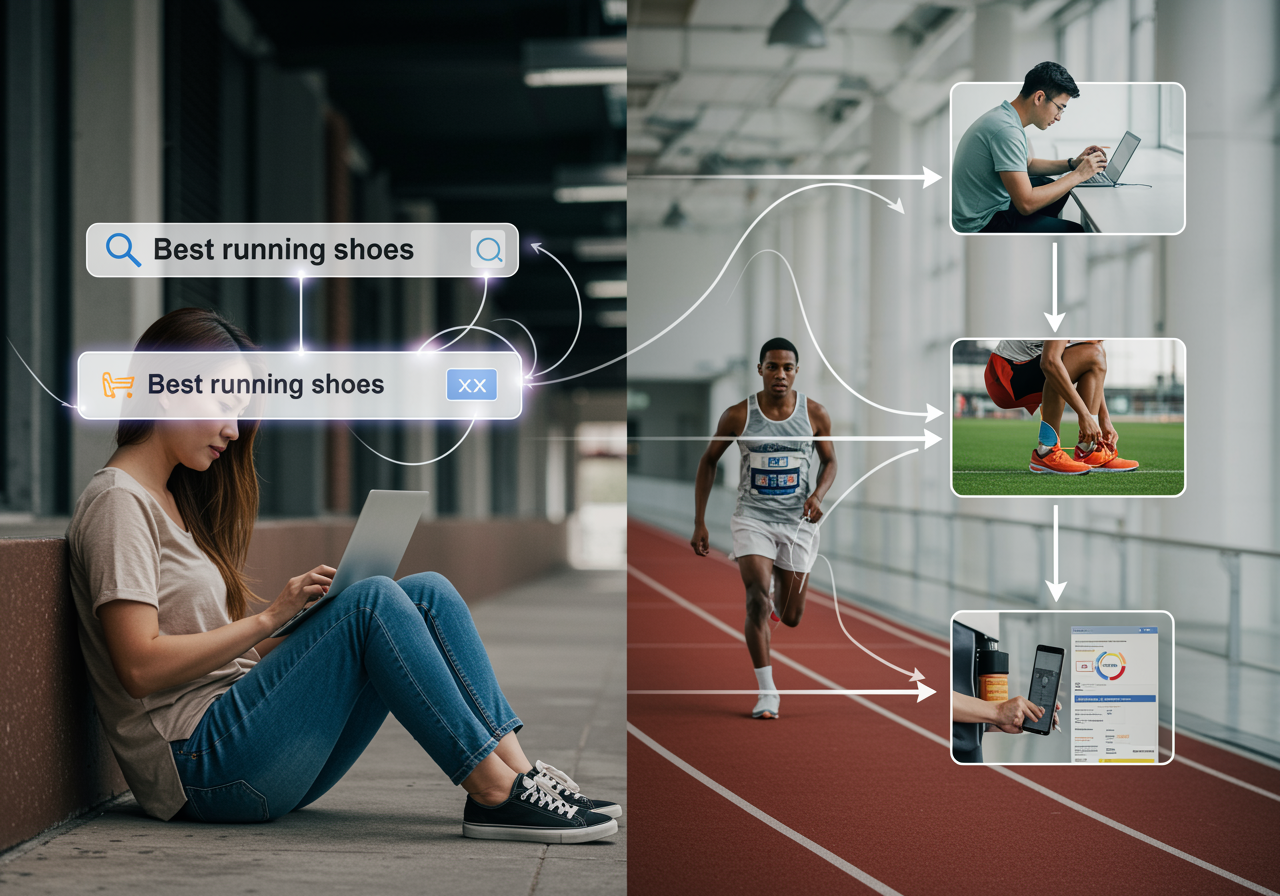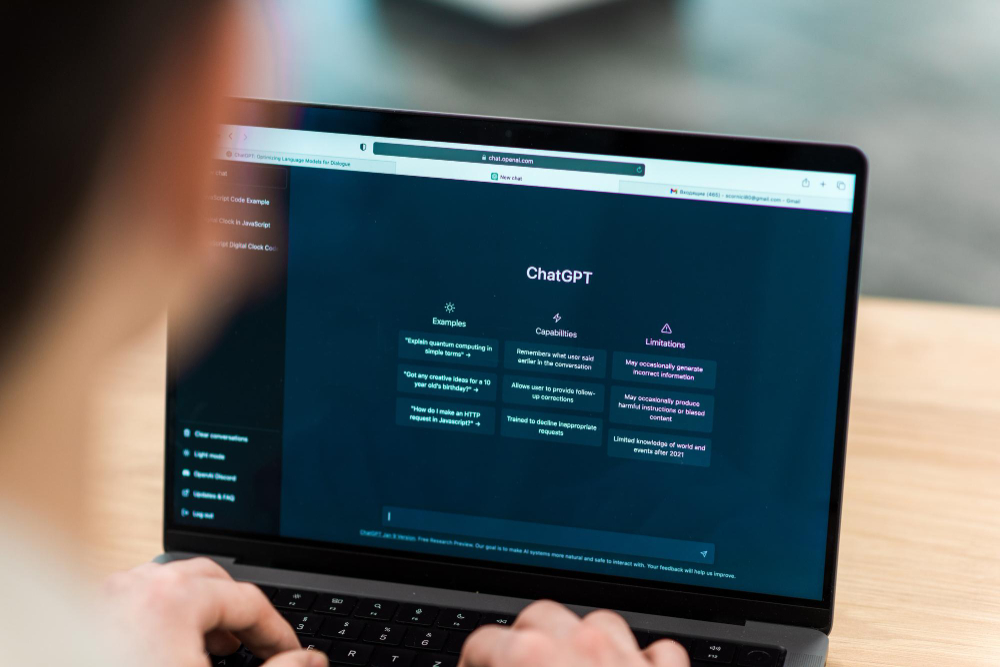Search has changed more in the last three years than in the previous decade. This shift is not just about algorithms or rankings. It’s about how people search, what they expect to see, and how quickly they want answers. Buyers are no longer patient explorers. They are impatient problem solvers. They want results that speak directly to their needs.
This is where the future of SEO becomes critical. Businesses cannot keep doing the same things as before. The competition is sharper. The buyer’s journey is more complex. And the platforms that deliver answers are smarter.
The real change is that search is no longer a straight path. People jump between devices, channels, and formats. They might start on voice search, move to social media, and then click a local listing. Each step influences their decision. That’s why understanding how and where they search is as important as the result itself.
In this blog, we’ll go through five key findings that reveal what buyers really want today. These are not theories. They are trends already shaping how we think about the future of search engine optimization.
- Ranking Isn’t the Final Goal Anymore

For years, ranking in the top spot was the ultimate goal. You worked your keywords, wrote your blogs, and waited for the clicks. That approach still matters, but it’s no longer enough. Search engines are not just showing links anymore. They’re showing featured snippets, AI summaries, and direct answers.
This points to a new reality for the future of search engine. Buyers might get the answer they want without clicking anywhere. That means the content you create has to be ready to serve them at that very first moment.
This is where search experience optimization steps in. It’s not about just stuffing keywords into text. It is about structuring information.
Practical steps include:
- Use clear headings so both readers and AI tools understand context.
- Place key facts early in the content to grab attention fast.
- Include visuals or charts where possible, as they often appear in snippets.
- Write in plain language so anyone can understand in one read.
If you’re wondering how to search buyers online in this environment, the answer is simple but not easy. You create content that speaks to the buyer’s pain points, not just the keywords. You make it so valuable and direct that even if they don’t click, they remember your brand. And over time, that trust turns into conversions.
- Buyer Intent Is More Complex Than Keywords Suggest

We used to match keywords to searches and call it a day. But Google user intent is deeper than a string of words typed into a box. Buyers may use the same phrase to mean very different things. For example, someone searching “best running shoes” could be looking for a budget option or even just reviews. The same keyword could attract a college student or a professional athlete.
That means your SEO strategy has to think in layers. You’re not just matching the search phrase. You’re matching the emotional and practical intent behind it. Ask yourself:
- Are they ready to buy now or not?
- Do they need a direct answer, or are they researching a broader topic?
- Are they comparing options, or looking for social proof?
When you understand this, you can align your pages to the right stage of the journey. The seo experience meaning shifts from “get traffic” to “guide the user from interest to decision.” It’s about giving them the right next step. That could be a product comparison chart, a free consultation form, or a video walkthrough.
Content that answers intent builds trust. If someone is in research mode, they value detailed guides. If they’re ready to buy, they want clear pricing and delivery options. Ignoring intent risks sending them to a competitor who understands them better.
This also impacts the future of Google search. As AI integrates into search engines, engines will aim to predict the next step for users, not just answer the first query. If your content fits naturally into that prediction, you win visibility. The brands that match intent most accurately will own the buyer’s attention, even in a crowded market.
- Search Is Moving Beyond Text

The future of visual search means that buyers no longer need to describe what they want. They can upload an image, and the engine finds it. That is a huge future for retail and home décor. A shopper snaps a photo of a chair in a café and instantly finds out where she can buy it online or offline.
This style of search is time-saving and guesswork-free. It’s also an emotional search. Customers bond with products at an emotional level, and seeing something they like usually results in quicker decisions. Brands ready for this trend will get customers before others even show up.
Then there’s future of voice search. Speaking is quicker than typing, particularly on mobile. Consumers use voice to locate restaurants and read product info. Voice searches tend to be longer and more conversational. Rather than “best dentist Delhi,” a voice searcher might say, “Who’s the nearest dentist that’s currently open?”
If you’re looking for future seo trends, you need to optimize for these formats. Practical things to do are:
- Include alt text that describes images accurately.
- Use natural, question-form language within your content.
- Develop FAQ sections with brief, to-the-point answers.
- Test your site using mobile and intelligent devices.
Add to that the AI impact on search. Visual and voice are now connected to AI that can understand context better. For example, “Show me sneakers like these under ₹3000” combines image recognition and price filtering. This is a new kind of search experience. Blending convenience and personalization. Businesses that adapt early will become the first choice for buyers who want speed and accuracy.
- AI Is Reshaping Search Expectations

AI is not just a side feature anymore. It’s becoming the core of how people search and how answers are delivered. The shift toward answer engine optimization is real. Instead of just giving links, AI now tries to give complete answers within the search result itself. This changes how users interact with search. They often do not need to click, because the answer is already in front of them.
This is where Answer Engine Optimization (AEO) and AI-driven search trends become critical. Winning in this space means making your content clear and accurate. Also, maintaining it to be trustworthy. AI will only pull from your site if it sees it as a credible and well-structured source. That means no vague sentences and no hidden answers. Most importantly, no outdated information.
The integration of AI also demands Voice search optimization insights. Voice assistants powered by AI are answering questions directly from structured data, FAQs, and properly formatted headings. If your site’s information is scattered or unorganized, AI may skip it. The question arises: Can an AI tool pull a perfect one-sentence answer from your page without confusion?
For businesses, this is also the time to explore Best SEO practices for 2025. That includes strengthening your site authority, using schema markup to give AI more context, and keeping your data updated.
Don’t forget AI-powered SEO tools and strategies. These can help you:
- Identify content gaps where AI could pull answers.
- Monitor which queries trigger your site in AI results.
- Optimize for emerging and conversational search patterns.
AI is not replacing search, but it is redefining it. Brands that embrace AI’s role now will stay ahead. While others scramble to catch up. In the new search world, speed and precision, together with trust, decide who gets seen.
- Local and Personal Search Are Stronger Than Ever

People may browse global content, but buying often happens locally. That’s why Local search optimization tips for visibility are still essential. Someone searching for “dentist near me” or “car repair open now” wants a result they can reach physically.
Local search is also becoming more personal. Engines consider location, browsing history, and even past purchases to shape results. If a user often visits vegan restaurants, their search for “restaurants near me” will probably highlight vegan options first.
This personal layer means that generic strategies do not always work. Content needs to be tailored to the needs of your specific audience. If your buyers are in small towns, highlight local delivery options. If you serve urban professionals, emphasize speed and convenience.
Practical tips for better local and personal search results:
- Keep Google Business Profile updated with correct hours and service details.
- Add location-specific keywords in meta titles and headings.
- Use schema markup for local businesses to help search engines read your data better.
- Create content that addresses common questions from your target location.
AI is also blending with local. Soon, it will merge a user’s location data, past preferences, and live availability to give instant recommendations. Businesses that prepare for this now will have a serious advantage.
Conclusion
The future of search is more dynamic and personal. It is becoming more AI-driven than ever before. The five findings we discussed are not isolated trends. They connect. AI changes how intent is read. Visual and voice search expand the ways buyers find products. Local data personalizes every result. And through it all, ranking alone is no longer the victory it once was.
The next few years will redefine how we see the future of search engine optimization. Businesses that adapt early will not just keep up. They will lead.
So start by understanding your buyer’s real needs. Optimize for their journey, not just their keywords. Make your content useful in AI summaries, voice answers, and visual matches. Track what happens off-screen, not just online. And above all, stay curious and ready to adjust.
If you do this, the shifts in search will work in your favour. The future is already arriving. Your job is to meet it prepared.

